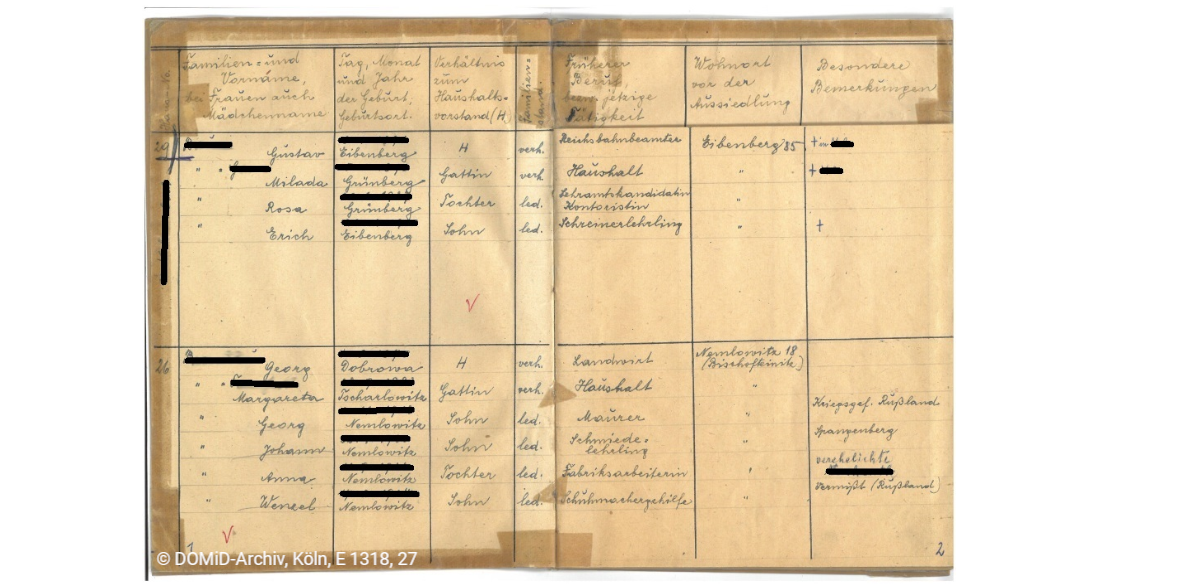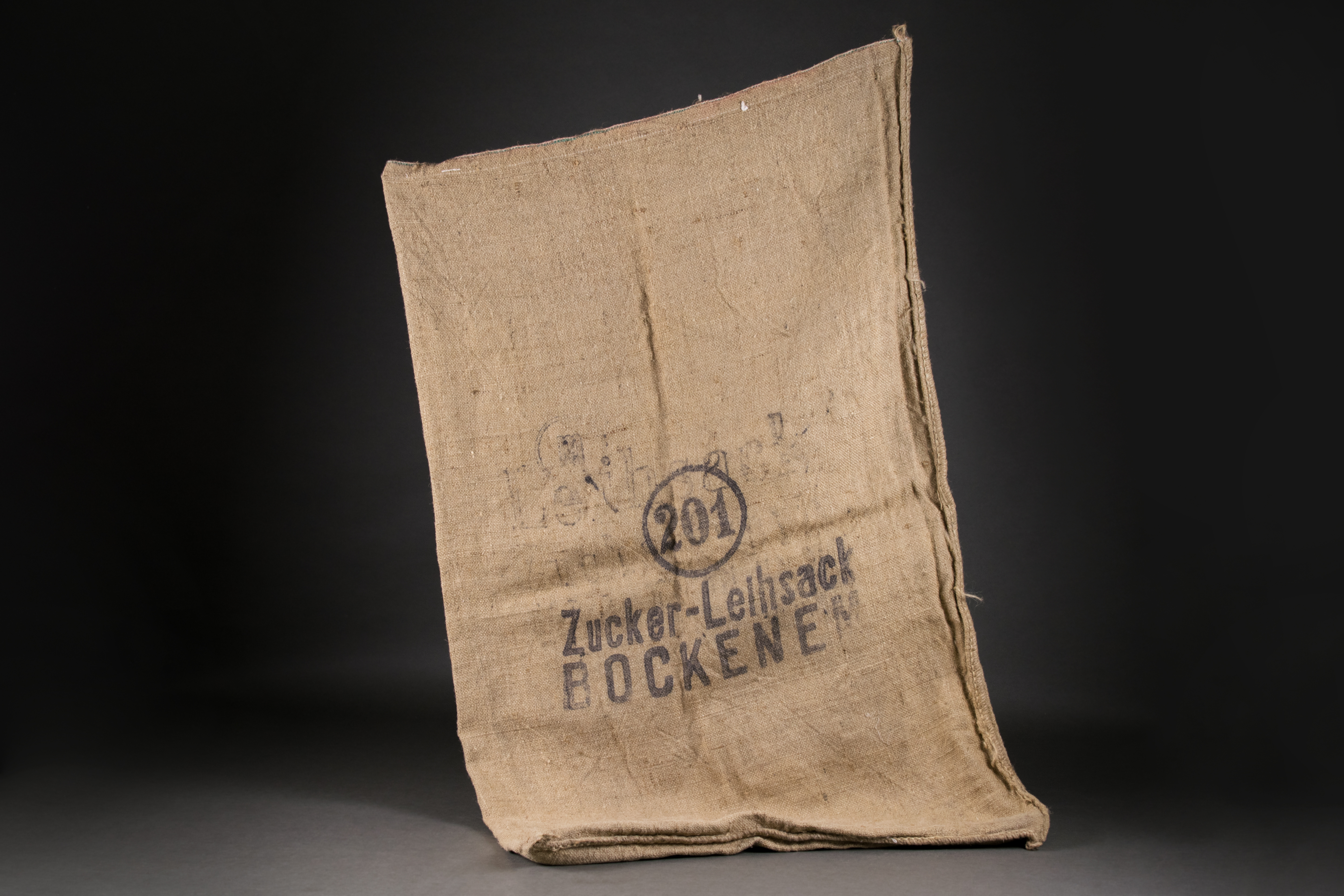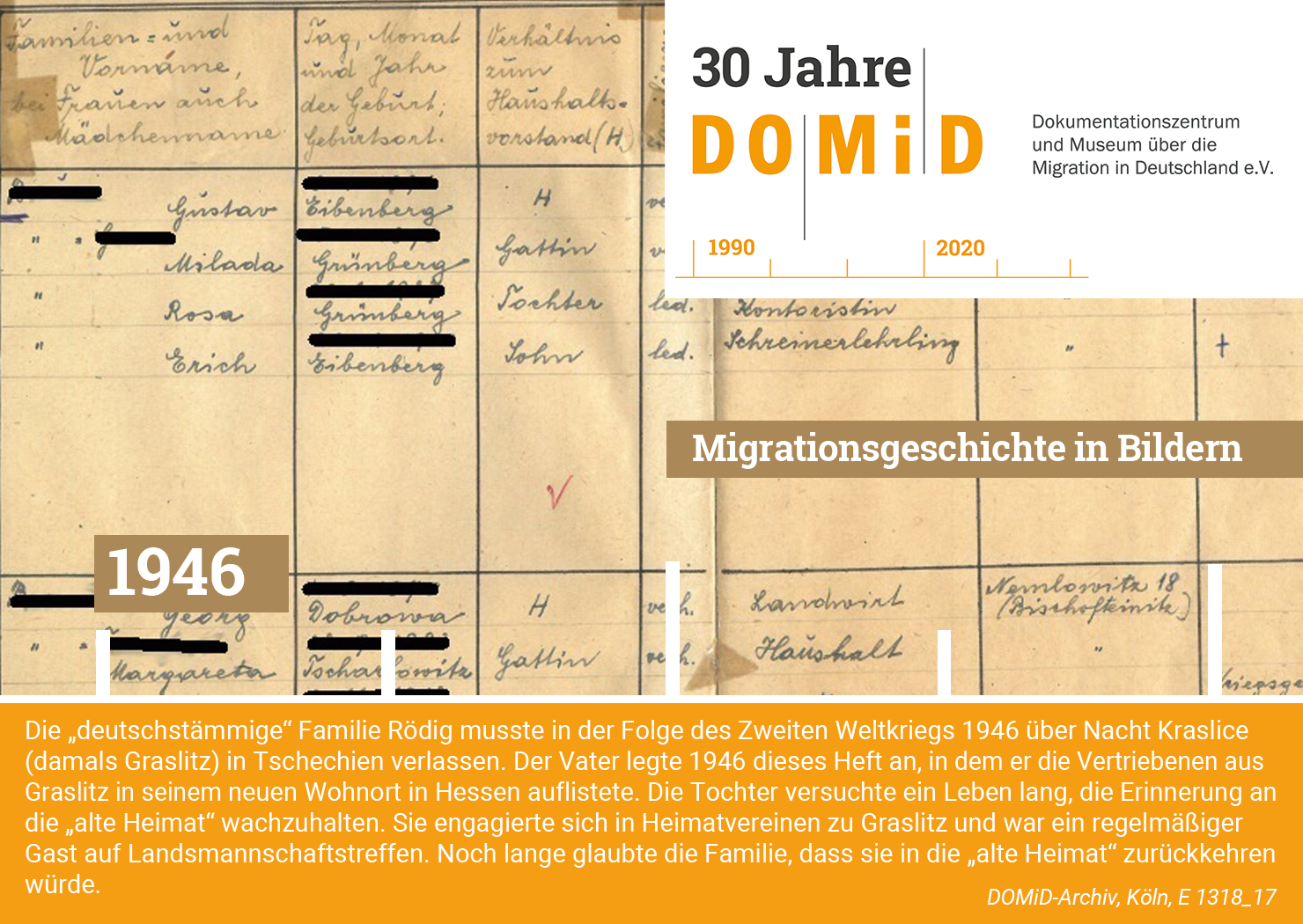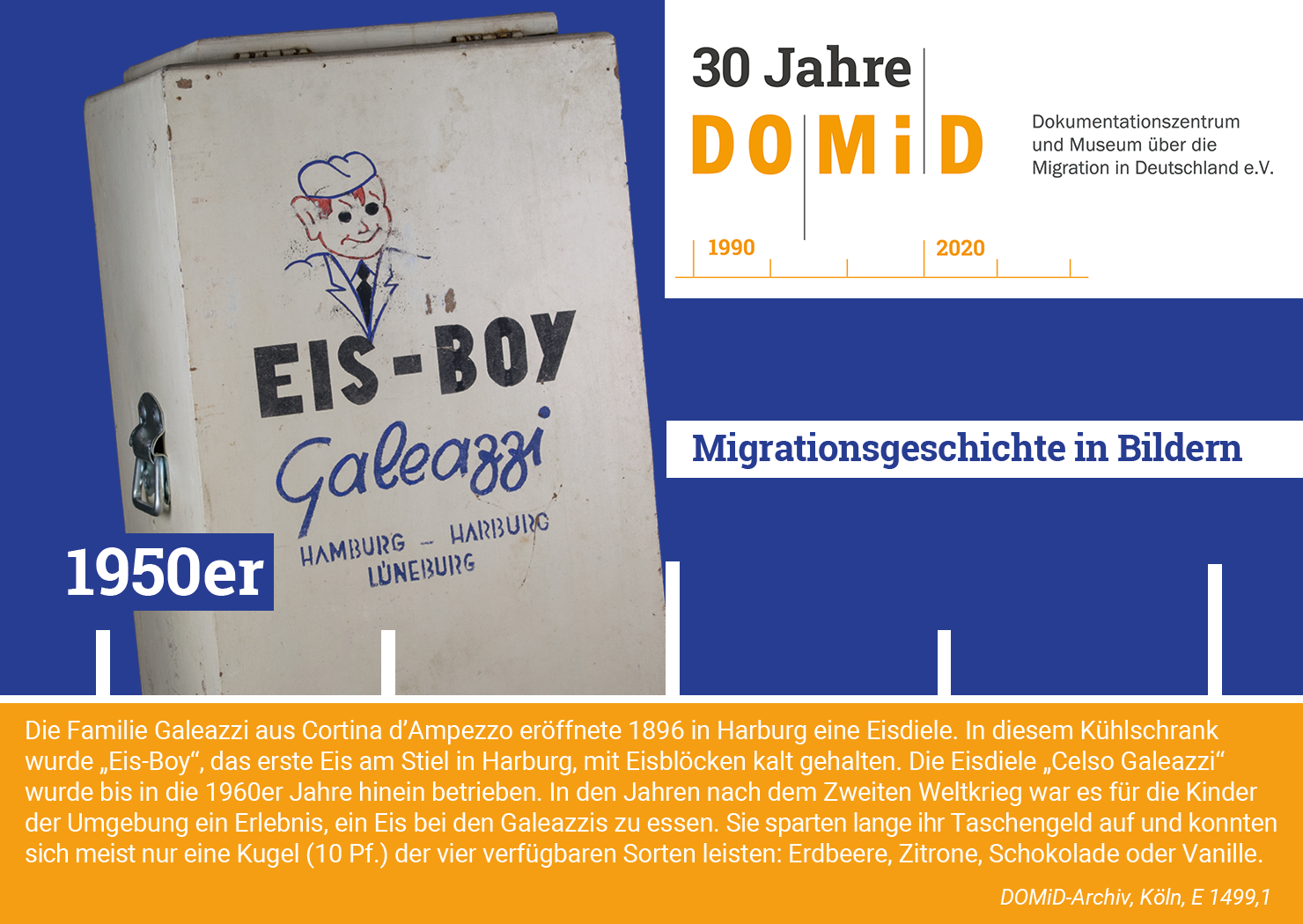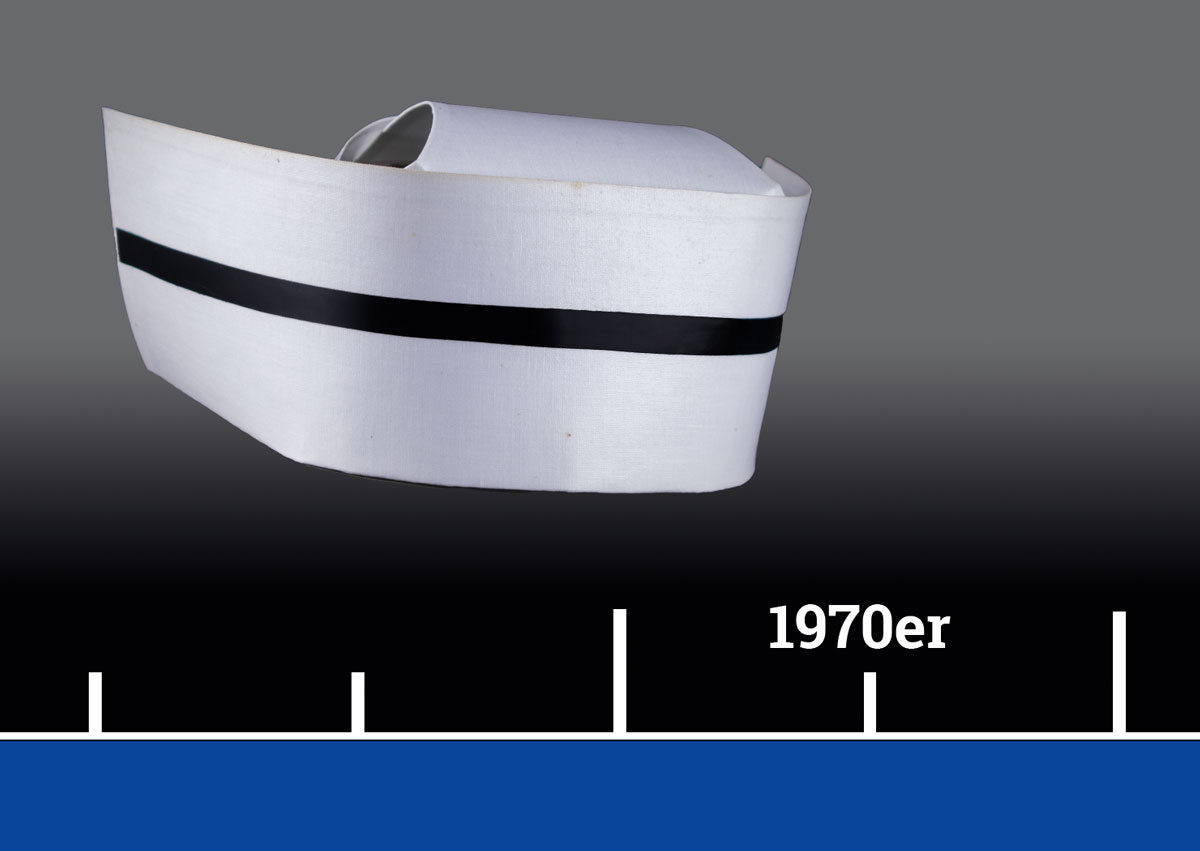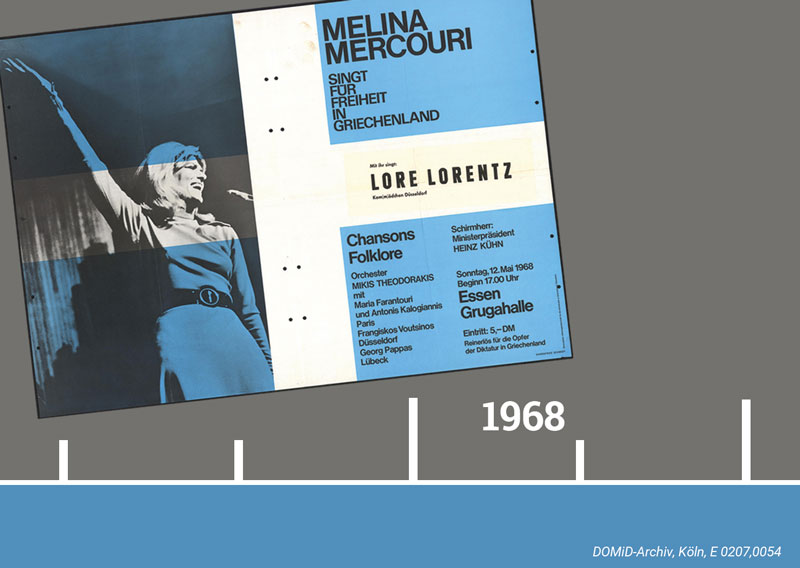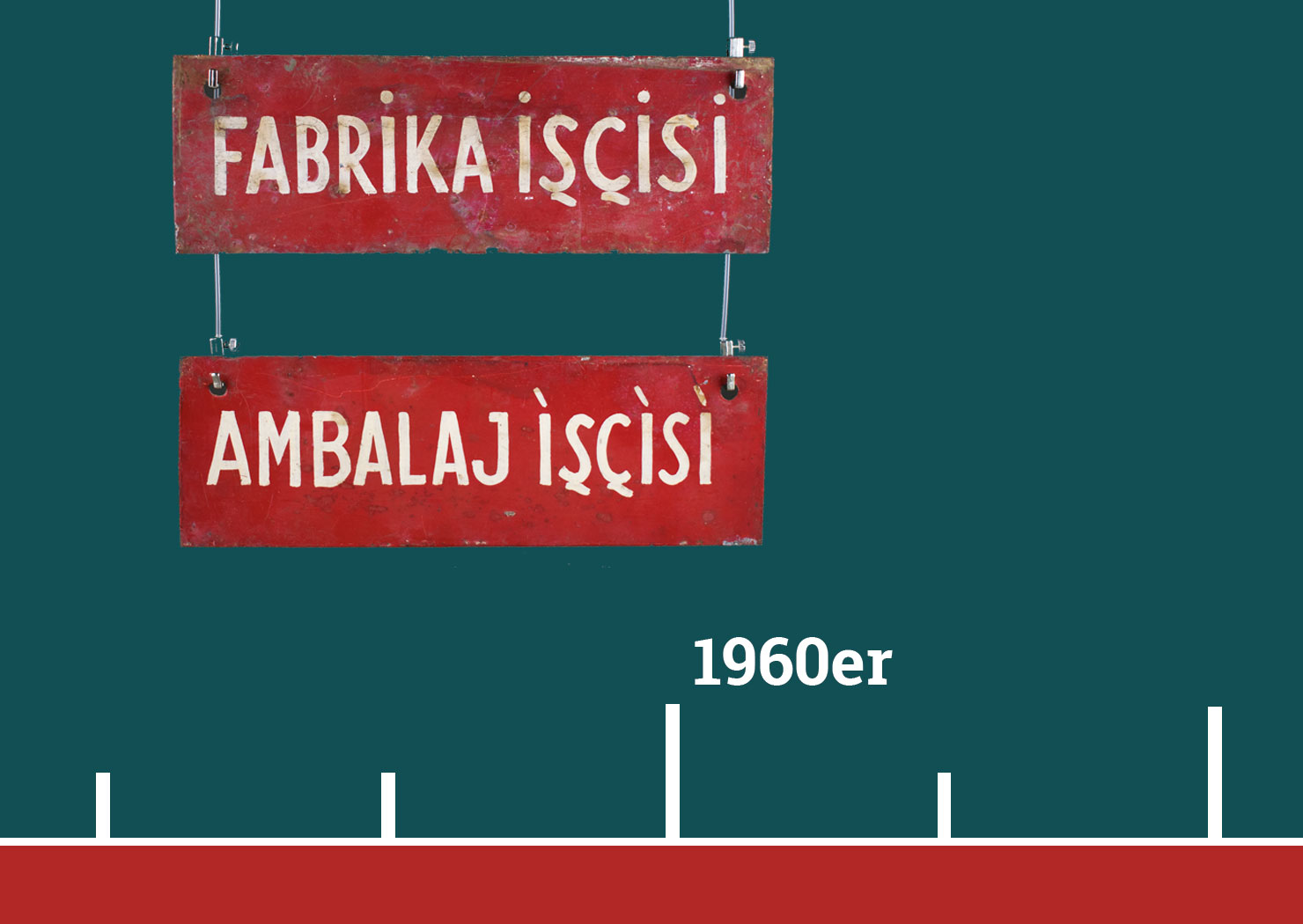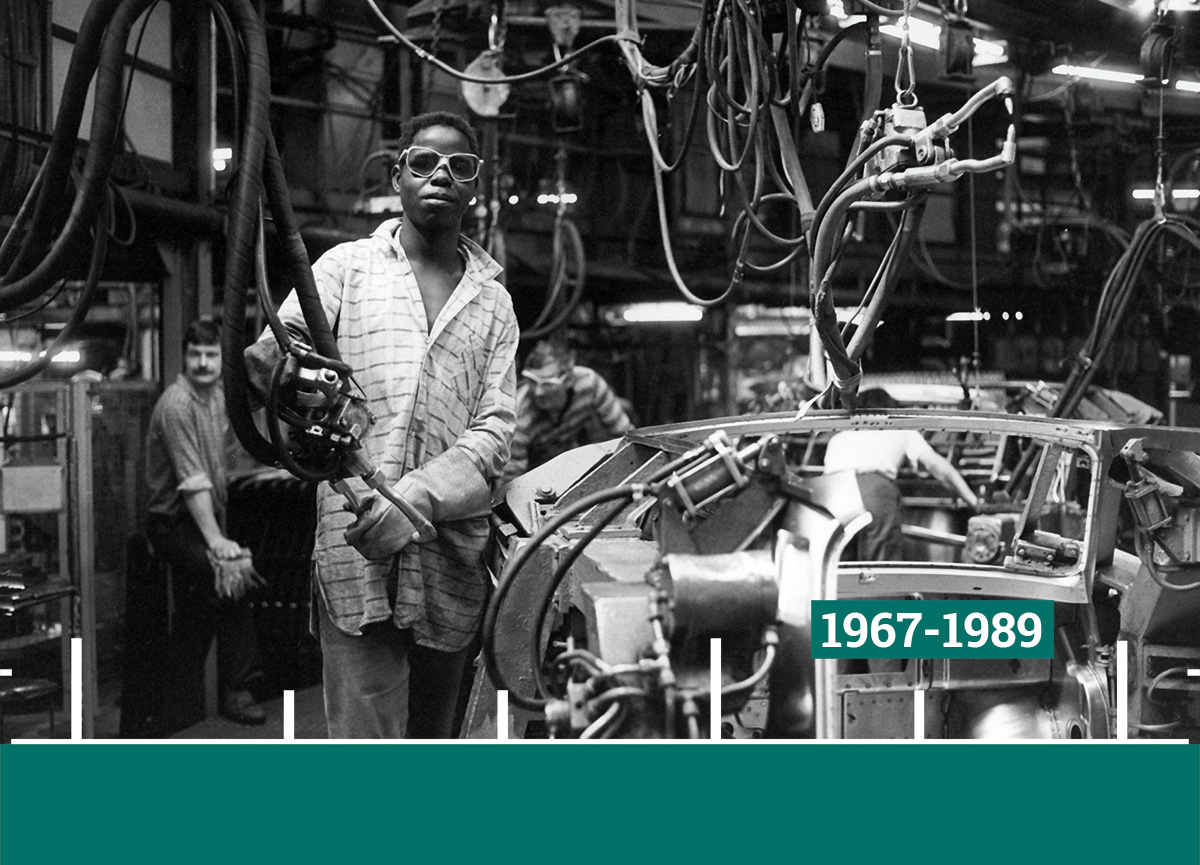
Motif series "Migration history in images"
"Contract worker" in the GDR
From 1967 to 1986, the GDR recruited so-called contract workers to counter the shortage of skilled workers. How did they fare and what are the long-term consequences? This is what we are dealing with in this online story.

